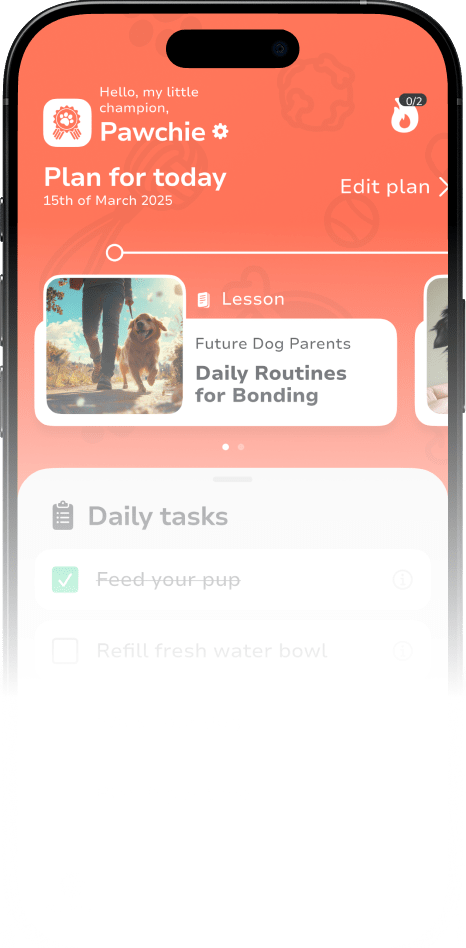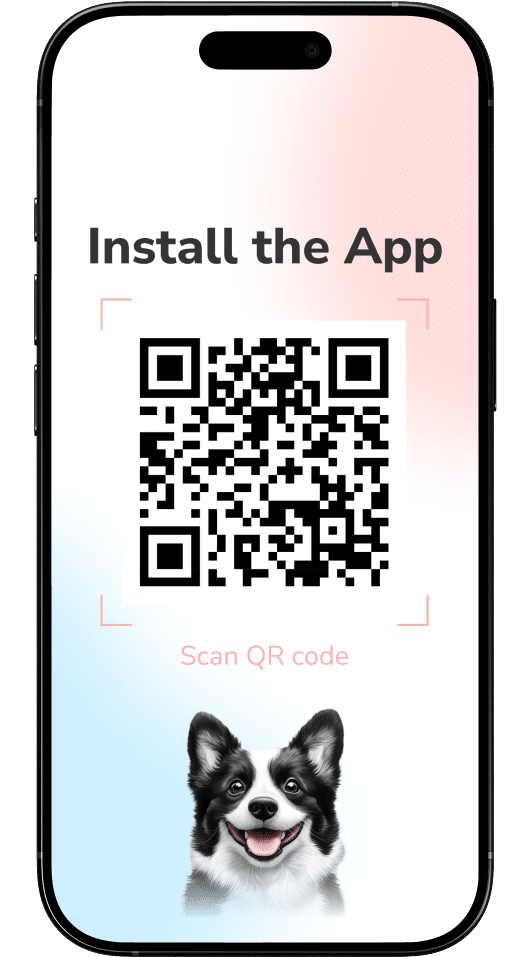Separation anxiety can turn even the most well-behaved dog into a stressed-out mess. If your pup panics whenever you leave—barking, chewing, or pacing—it’s not because they’re misbehaving. It’s because they’re scared. The good news? You can help them feel more secure and confident, and it doesn’t involve sneaking out the door like a ninja.
This article covers:
Why some dogs struggle with being alone and what triggers separation anxiety.
Signs that your dog might have separation anxiety.
Practical steps to help your dog feel safe and calm when alone.
How PawChamp’s expert-backed strategies can support you.
Why Some Dogs Struggle With Being Alone
Dogs don’t get anxious for no reason. They’re creatures of habit, and when their world suddenly shifts—maybe you started a new job, moved to a different home, or someone they loved is no longer around—it can shake their sense of security. Rescue dogs, in particular, may have past abandonment experiences, making them more prone to anxiety when left alone.
Some dogs are just wired this way. Puppies that were never taught how to be alone might grow up feeling like every separation is the end of the world. Others are simply extra attached. If your dog follows you from room to room like a tiny, four-legged shadow, they might need a little help learning to be okay on their own.
Separation anxiety is a challenging behavioral issue rather than a disobedience problem, but with patience and thoughtful management, we can help our dogs feel secure and relaxed when they are home alone.
Dog Waiting by the Open Door
A German Shepherd waits by the open door, showing signs of anticipation or separation anxiety. PawChamp provides expert-backed training tips to build calm routines, reduce stress, and help dogs feel secure when left alone.
How to Spot Separation Anxiety
It’s one thing for your dog to be a little bummed when you leave. It’s another when they go full meltdown mode. If you come home to chewed-up furniture, hear nonstop barking through your security camera, or find unexpected “gifts” on the floor (even though your dog is house-trained), they might be struggling with separation anxiety. Other common signs include excessive drooling, pacing, and even escape attempts—like trying to dig through the door as if they’re starring in The Great Escape.
Helping Your Dog Feel More Secure
So, how do you help your dog feel okay when you’re not around? The answer isn’t a quick fix, but with consistency, patience, and the right approach, your dog can learn that being alone isn’t so bad after all.
Ease Them Into Alone Time
Imagine being thrown into a situation where you’re suddenly left alone with no warning.
Not fun, right? Instead of disappearing for hours, leave your dog alone for just a few minutes. Step out of the house, come back, and act like it’s no big deal. Gradually extend the time so they build confidence in your return.
Skip the Emotional Goodbyes
We get it—it’s hard to leave when your pup looks at you like you’ve betrayed them. But making a big deal out of your departure only reinforces their fear. Instead, keep goodbyes casual and relaxed. A simple “See you later” (without the dramatic hugs) will do.
Give Them a “Job” While You’re Gone
Boredom and anxiety go hand in hand. Keeping your dog mentally engaged while you’re away can make a world of difference. A frozen lick mat, a puzzle feeder, or a treat-dispensing toy can keep them busy, making alone time less stressful and more rewarding.
Teach Them That Alone Time Isn’t a Bad Thing
If your dog follows you everywhere (even to the bathroom—yes, we see you), try helping them get comfortable in a separate room while you’re home. Give them a chew toy or treat and step away for a bit. This small habit teaches them that they don’t need to be glued to your side 24/7.
With PawChamp, you’ll get:
Step-by-step training plans that gradually help your dog feel more comfortable alone.
Expert advice on positive reinforcement techniques to reduce anxiety.
Enrichment ideas to keep your dog engaged and mentally stimulated while you’re away.
Helping your dog overcome separation anxiety takes time, but with the right approach, they’ll learn that being alone isn’t the end of the world—it’s just another part of their routine.
PawChamp Dog Training Video
This PawChamp training video explains how to solve common dog behavior problems through positive reinforcement, expert tips, and app-based guidance for calmer, happier dogs.
Bottom Line
Separation anxiety isn’t about disobedience—it’s about fear. Dogs that panic when left alone need help feeling safe, not punishment. With patience, the right tools, and support from PawChamp, your dog can learn to stay calm while you’re away. It takes time, but the change is real—and yes, your couch will survive.

